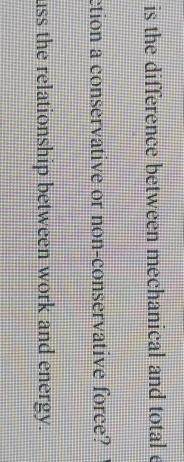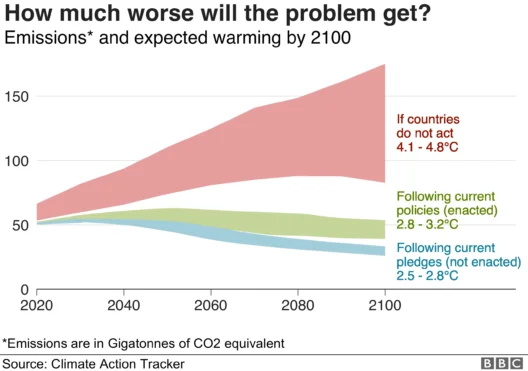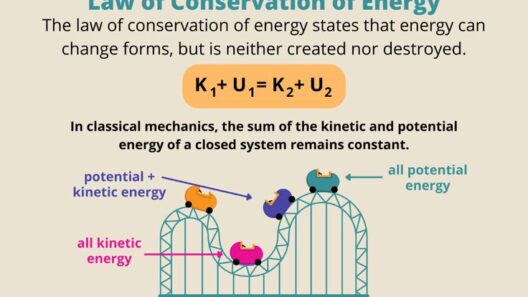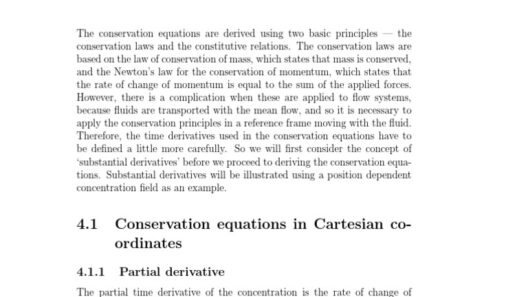Have you ever paused to ponder the intricate dance between energy forms? Imagine throwing a ball against a wall. In that moment, kinetic energy transforms—bouncing off the wall and converting into sound waves and heat. This enigmatic interplay illustrates how non-conservative energy influences mechanical energy, chiefly through the introduction of friction and heat. But what does this mean for us, and how does it shape our understanding of energy in our environment?
To unravel this concept, let’s first examine what mechanical energy entails. Mechanical energy is the sum of potential energy (energy stored due to position) and kinetic energy (energy of motion) in a system. This is a conservative form of energy, meaning its total remains constant in the absence of external forces. In contrast, non-conservative energy includes forces and energy transfers that do not conserve mechanical energy, predominantly through friction, air resistance, and other dissipative forces.
Friction, a fundamental non-conservative force, arises when two surfaces interact. Whether it is the grip between the tires of a car and the road, or a hand sliding across a desktop, friction converts mechanical energy into thermal energy. Isn’t it intriguing how we often desire friction to grip our shoes yet curse it when trying to slide something easily?
Consider a scenario—imagine a runner on a track. As their feet propel forward, energy generates friction with the ground, causing a portion of their kinetic energy to dissipate as heat. This inevitable energy loss through friction results in increased localized temperatures on both the shoe and the track. While the runner remains airborne momentarily and the mechanical energy appears intact, the persistence of friction transforms a portion of that mechanical energy to heat, illustrating an immediate consequence of non-conservative forces.
Now, let’s dive deeper into the mechanics of energy transformation. When an object is in motion, it possesses kinetic energy proportional to its velocity squared. However, as friction intervenes—often unnoticed—it induces a counterforce that works against this motion. The frictional force is dependent on the nature of the surfaces in contact and is often quantified by the coefficient of friction, an essential parameter in understanding energy loss. This transformation from mechanical energy to heat serves not only to warm surfaces but also diminishes the efficiency of energy systems, which could otherwise perform more work.
The role of heat generated from friction is particularly critical when evaluating energy systems. Take, for example, a simple pendulum. As it swings back and forth, agravitational force attempts to convert potential energy to kinetic energy smoothly. However, internal suggestions like internal friction, air resistance, and often overlooked friction at the pivot impede the perfect transfer of energy. Through energy conversion, a fraction of mechanical energy inevitably dissipates as thermal energy, causing the pendulum to eventually come to rest.
Heat generation, while often underestimated, plays a pivotal role in both energy transfer and system efficiency. In various mechanical systems, such as engines or turbines, excessive heat can lead to malfunctions or increased wear, necessitating careful engineering to mitigate energy losses. Herein lies a dilemma: Is it possible to harness the otherwise wasted heat and use it within the system? Innovations like regenerative braking systems present opportunities. They capture kinetic energy when slowing down a vehicle and convert it back to electrical energy, showcasing a glimpse of how non-conservative energy might be re-integrated into mechanical systems.
Moreover, the impact of environmental conditions cannot be overlooked. As temperatures fluctuate, the material properties of components can change, altering the coefficients of friction. These variations play a role in complex mechanical systems, influencing their efficiency and longevity. Thus, the interactions between non-conservative forces and mechanical energy are not static; they evolve with environmental changes. For instance, a hot summer day can engender different frictional behaviors between road and tire compared to a snow-laden winter morning, thus affecting vehicular performance.
Venturing beyond classical mechanics, it is essential to see this interplay from an environmentally conscious perspective. In the context of climate change, understanding non-conservative energy losses is vital. Automobiles, for instance, waste substantial energy in the form of heat due to friction in their internal combustion engines and from the tires. By utilizing more efficient materials and mechanics that optimize the energy transformation process, manufacturers can significantly minimize waste and reduce carbon footprints. Innovations in electric vehicle technology showcase this shift, aiming to streamline energy use and mitigate non-conservative effects.
Ultimately, this sophisticated dance of energy between mechanical forms and its non-conservative counterparts invites a curious contemplation: How far can ingenuity take us in harnessing the undulating forces of nature that draw energy away from mechanical systems? With concerted innovations and steadfast commitment to efficiency, a sustainable future where mechanical and non-conservative energies harmonize is within reach.
Exploring the nexus between mechanical and non-conservative energies epitomizes the challenges and opportunities of our technological age. As we navigate this landscape, we must remain mindful of our choices, as they perpetually weave into the larger tapestry of climate health. Every friction, every heat output reflects not only mechanical response but also our responsibility towards a more balanced coexistence with our environment.








